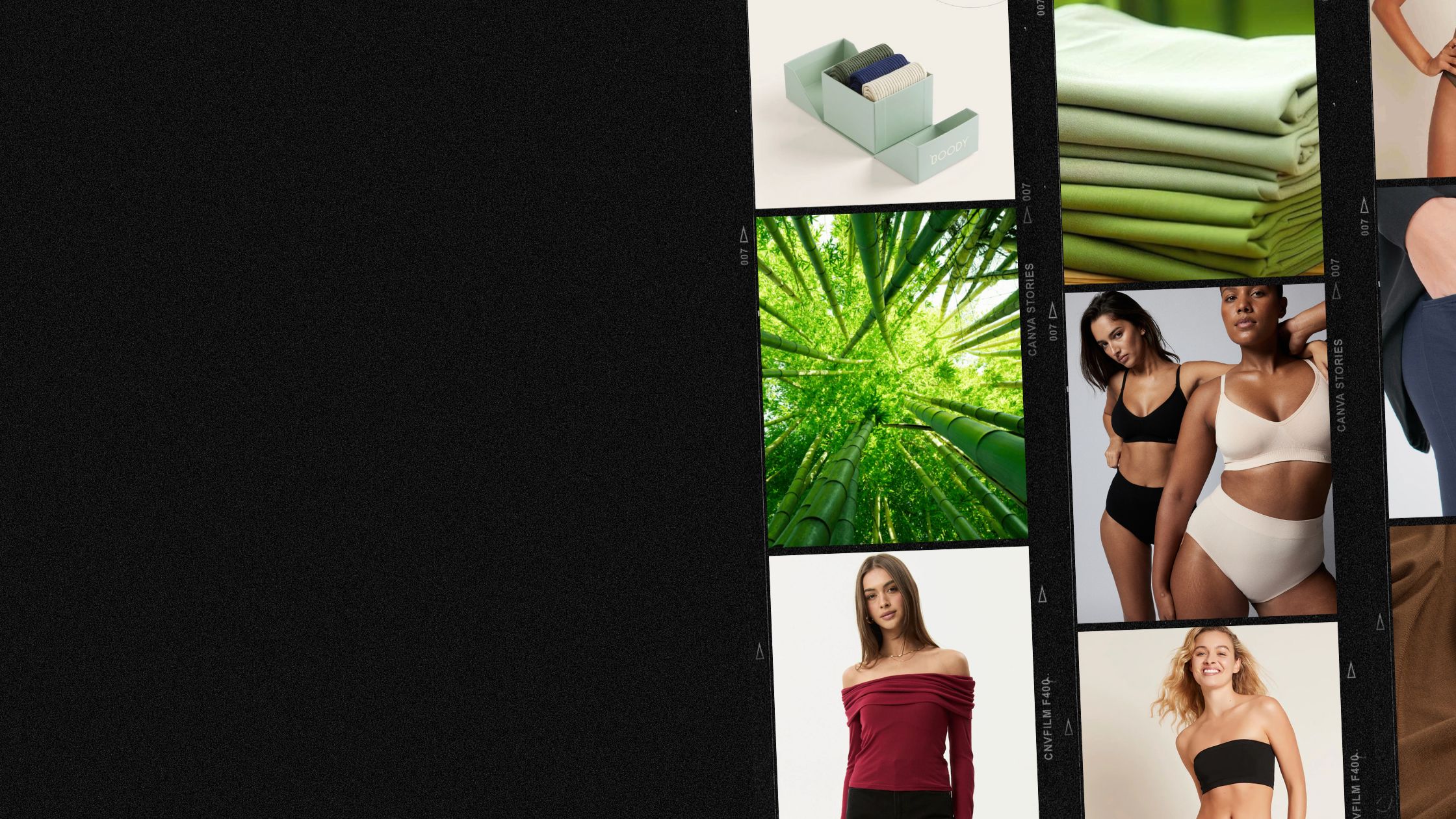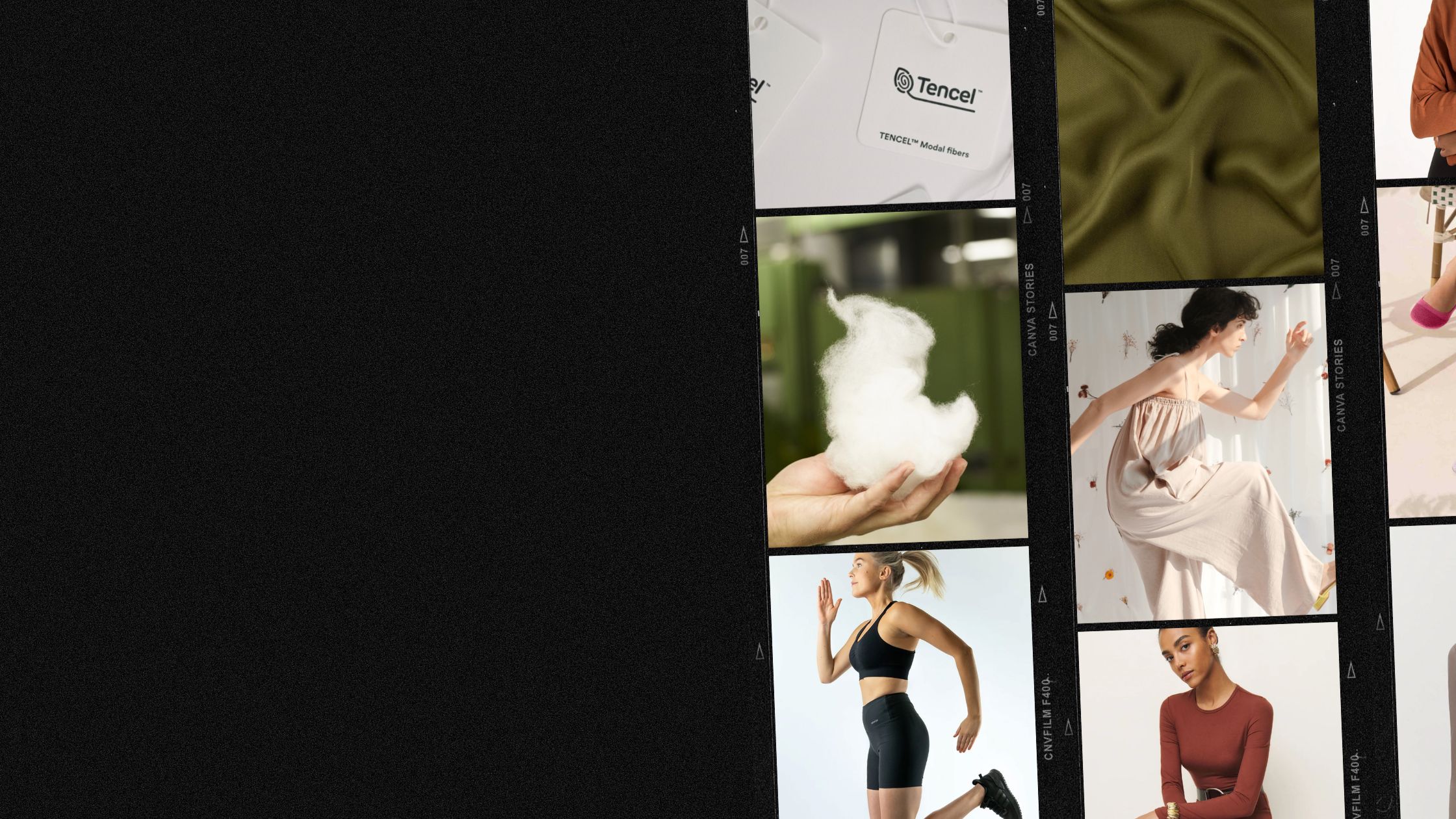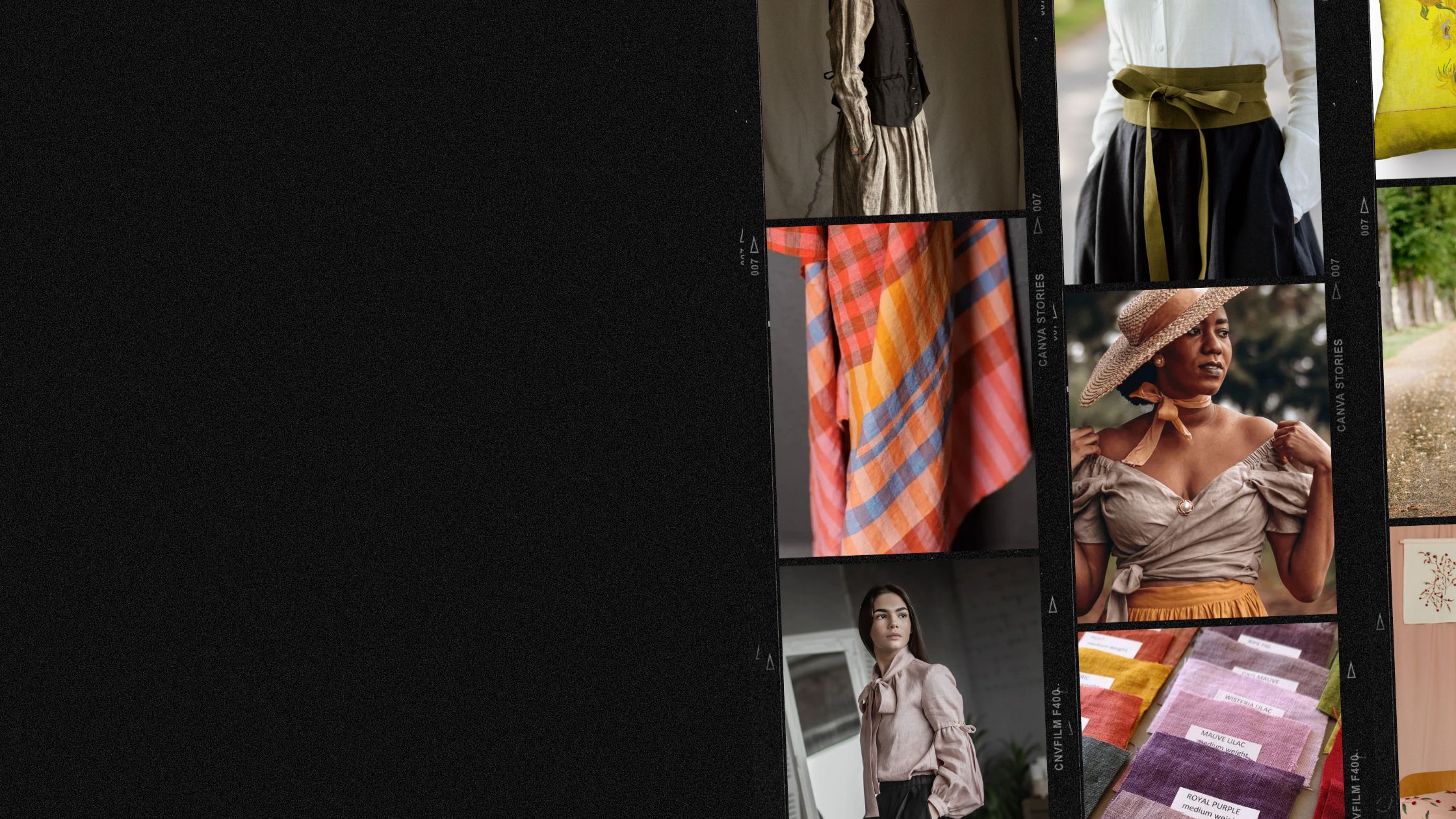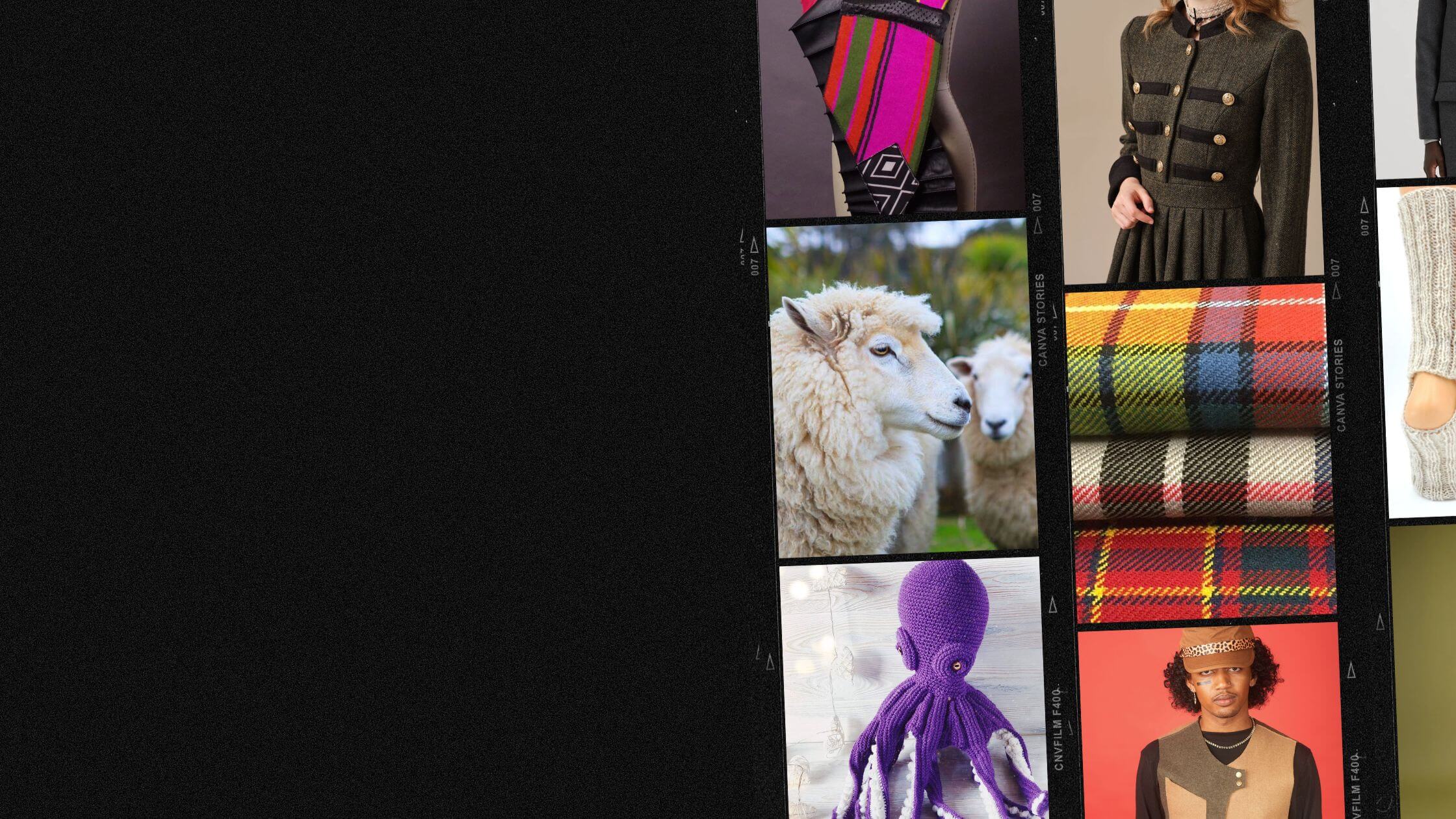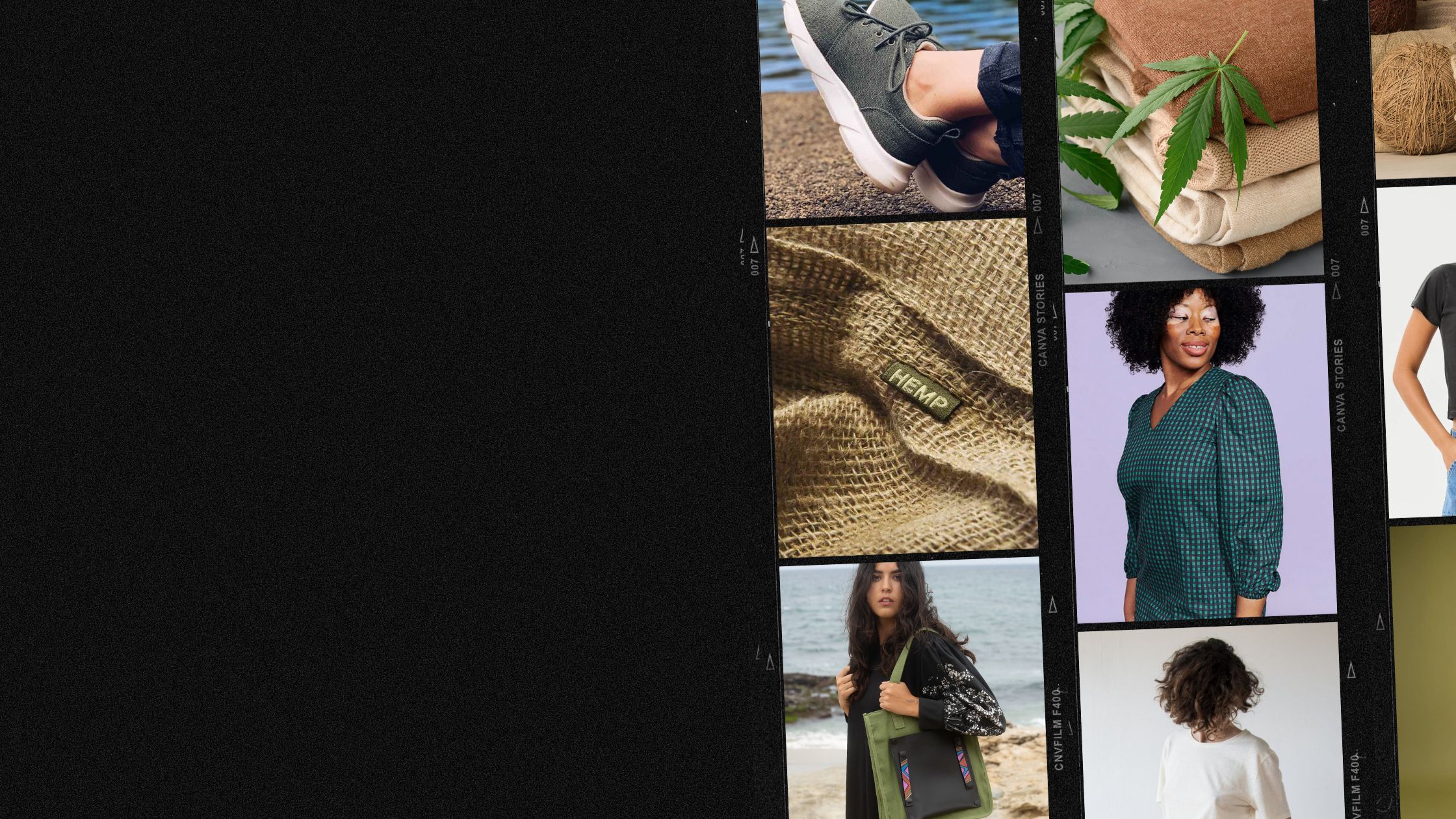Beautiful, luxurious, comfortable and gentle, silk comes from the cocoons of silkworms. Many people think that silk is an environmentally friendly fabric because it’s natural, biodegradable, and traditional. You might be surprised to find out that silk has actually a high environmental impact. Let’s see how silk is made, where and by whom to understand why we call silk a “complicated” fabric.
Disclaimer: Sparkpick has affiliate partnerships and may receive a share of the revenue from your purchase at no additional cost to you. Thank you for supporting our work and sustainable fashion.
Is Silk a Sustainable Fabric?
Silk is luxurious, soft, and beautiful—but is it truly sustainable? While it’s natural and biodegradable, the environmental and ethical impacts of silk production make it a more complicated fabric than you might think. Let’s dive into how silk is made, its environmental footprint, and whether there are better alternatives.
How Silk is Made
Silk comes from the cocoons of silkworms, typically reared in controlled environments. Mulberry trees, which feed the silkworms, are low-maintenance and require little pesticide or fertilizer. However, silk farming needs precise climate control, and maintaining these conditions uses significant energy, especially in hot regions like China and India, where most silk is produced.
Environmental Impact
Though silk is natural and biodegradable, the process of producing it is resource-heavy. According to the Higg Index, silk ranks as one of the worst fabrics for environmental impact, requiring significant water and emitting more greenhouse gases than many other textiles, including polyester and cotton. While mulberry trees require less water than cotton, the energy demands for silk production are high.
Ethical Concerns
Silk production traditionally involves killing the silkworms inside their cocoons to harvest the silk threads. For vegans and those who prioritize animal welfare, this is a major ethical concern. Although some producers argue that silkworms do not feel pain, the fact remains that the process involves the destruction of millions of creatures.
Video credit: Vox
Silk Alternatives
For those looking to enjoy silk without the ethical dilemma, there are alternatives like Ahimsa silk (also known as “peace silk”), which allows the silkworm to leave the cocoon before the silk is harvested. Other options include Eri silk and Tussar silk, produced from wild or domesticated silkworms that aren’t harmed. While these methods are kinder to the silkworms, they may not always be better for the environment.
Social Impact
Silk production provides crucial employment in countries like India and China, where it has been a cultural tradition for centuries. For many rural families, especially women, sericulture is a vital source of income. However, concerns about child labor in parts of the silk industry, particularly in India and Uzbekistan, continue to cast a shadow over silk’s ethical reputation.
What’s the Verdict?
Silk, while natural and luxurious, comes with significant environmental and ethical baggage. However, innovative alternatives like spider silk—made from yeast, water, and sugar—are emerging, offering eco-friendlier options without compromising quality. Additionally, ethical fashion brands are leading the way, with retailers like ASOS committing to phasing out traditional silk in favor of cruelty-free alternatives.
Conclusion
If you’re committed to sustainability but still want the elegance of silk, look for GOTS-certified, Bluesign-certified, or Ahimsa silk to ensure your choices are as ethical and eco-friendly as possible. With new technologies on the horizon, the future of silk could be both beautiful and kind to the planet.
Need help navigating sustainable fabrics like silk? Sparkpick’s stylists are here to guide you through your journey to eco-friendly fashion. Schedule a free session today and start making mindful, stylish choices!
Disclaimer: Sparkpick has affiliate partnerships and may receive a share of the revenue from your purchase at no additional cost to you. Thank you for supporting our work and sustainable fashion.
-
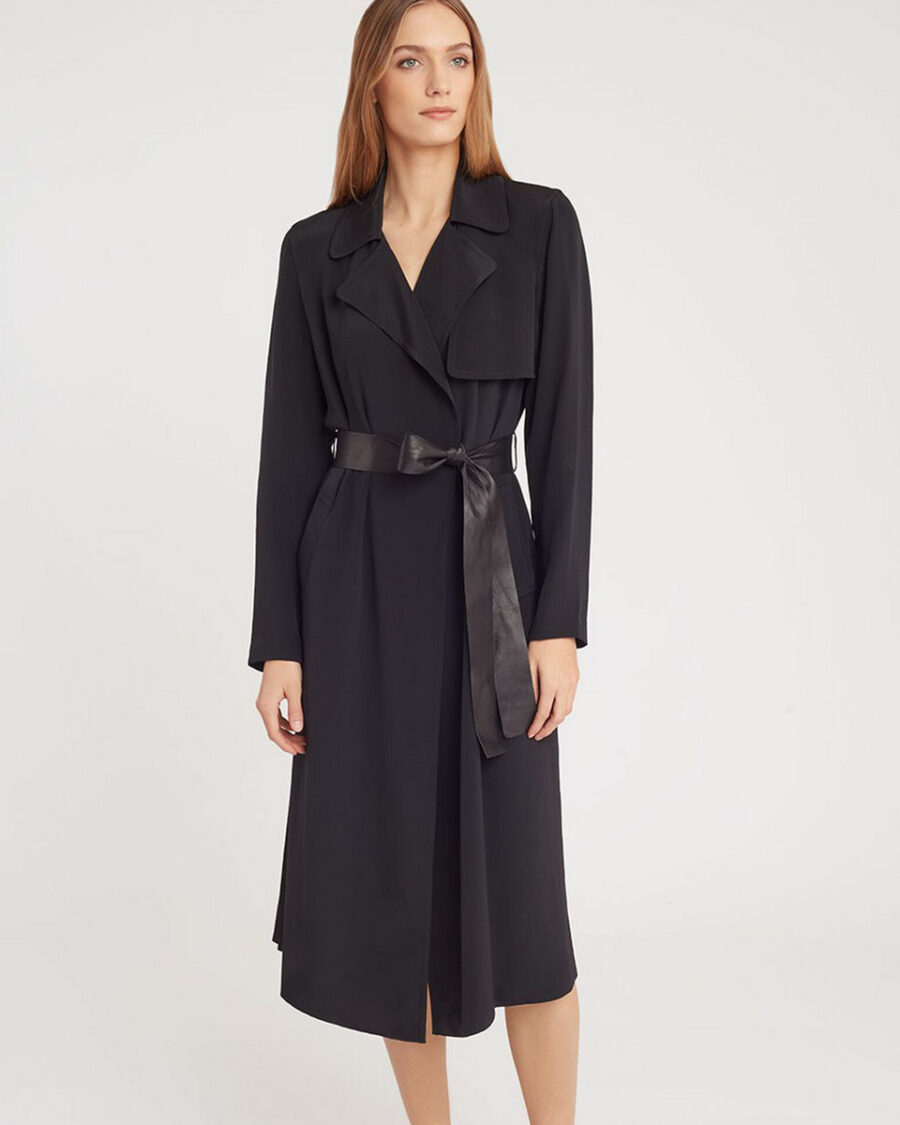 View CuyanaClassic silk trench
View CuyanaClassic silk trench
$598.00 -
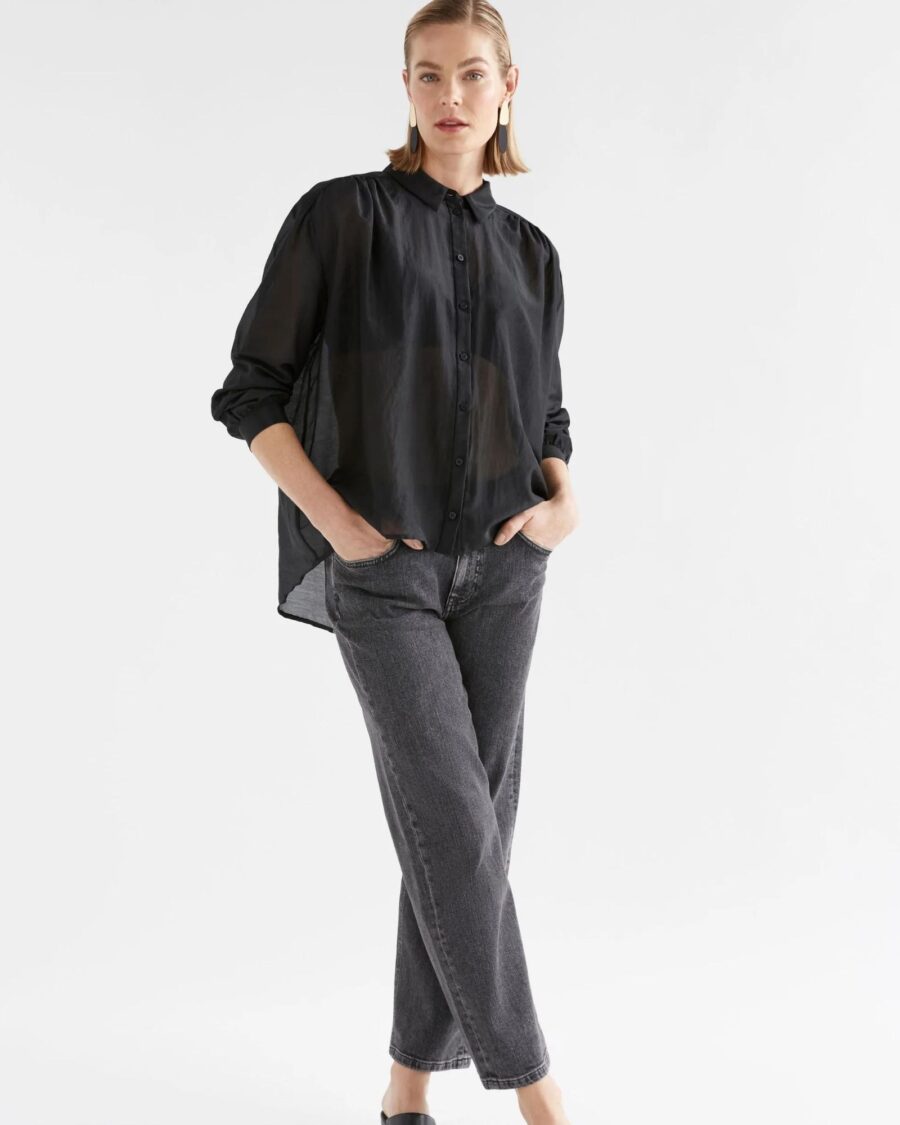 View ELKOrganic shirt
View ELKOrganic shirt
$199.00 -
 View ReformationSatin top
View ReformationSatin top
$98.00 -
 View ReformationSilk dress
View ReformationSilk dress
$298.00 -
 View ReformationSilk dress
View ReformationSilk dress
$278.00 -
 View BASTET NOIRSilk dress
View BASTET NOIRSilk dress
$370.00 -
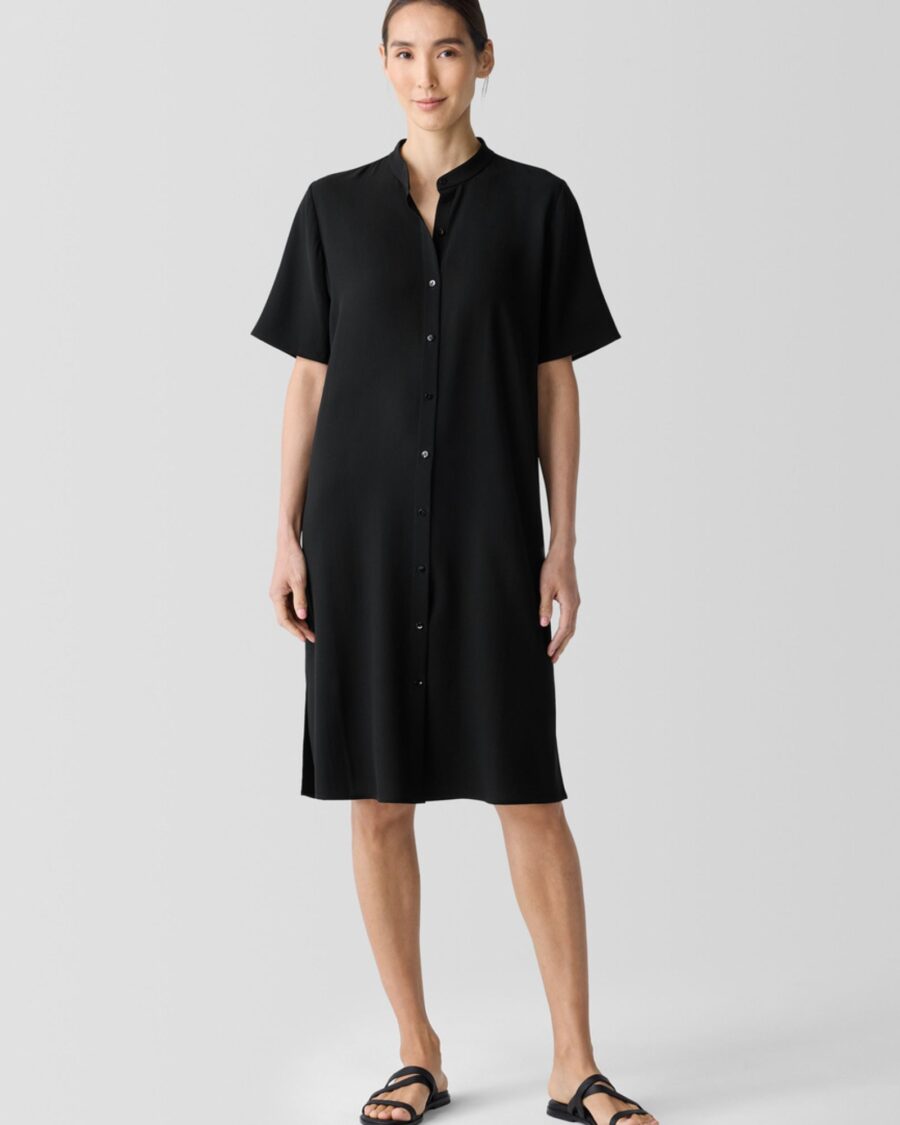 View Eileen FisherSilk dress
View Eileen FisherSilk dress
$164.00 (On sale) -
 View Christy DawnSilk dress
View Christy DawnSilk dress
$348.00 -
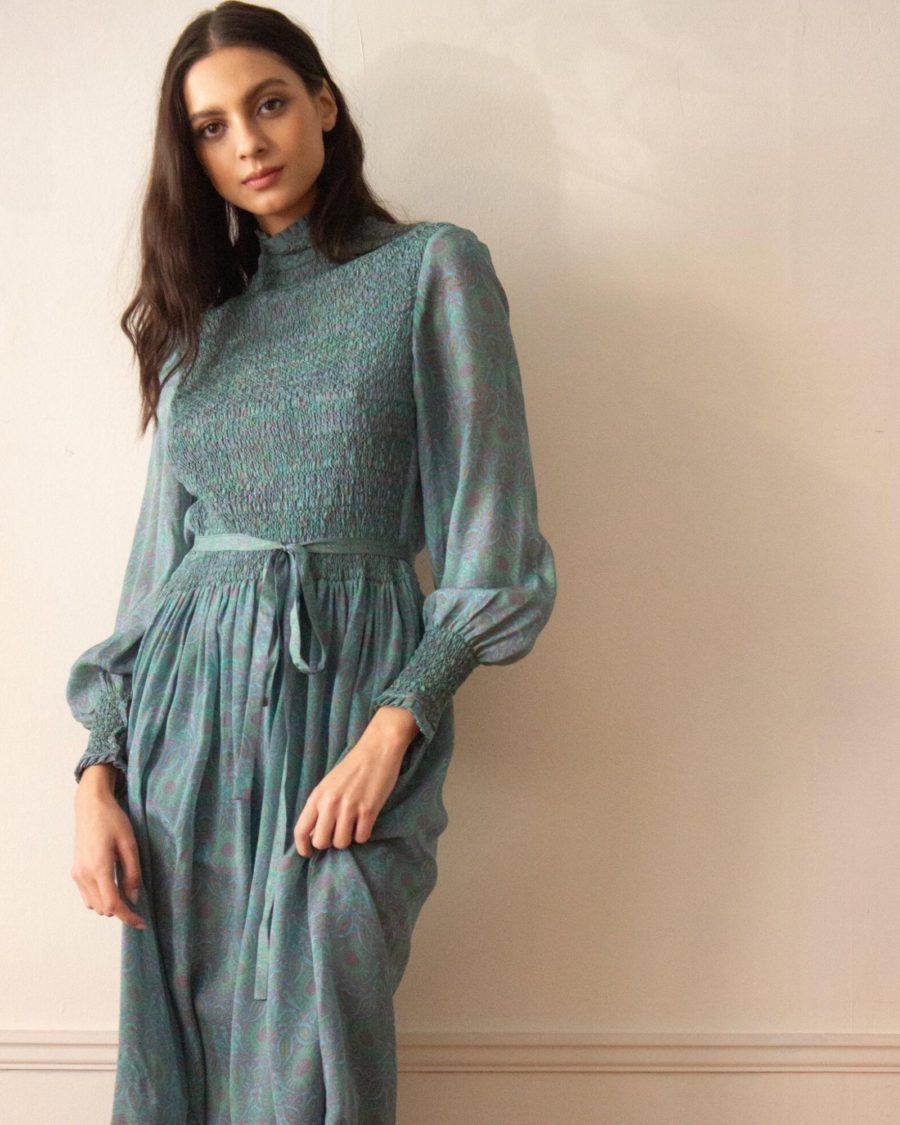 View waywardcollection | EtsySilk dress
View waywardcollection | EtsySilk dress
$350.00 -
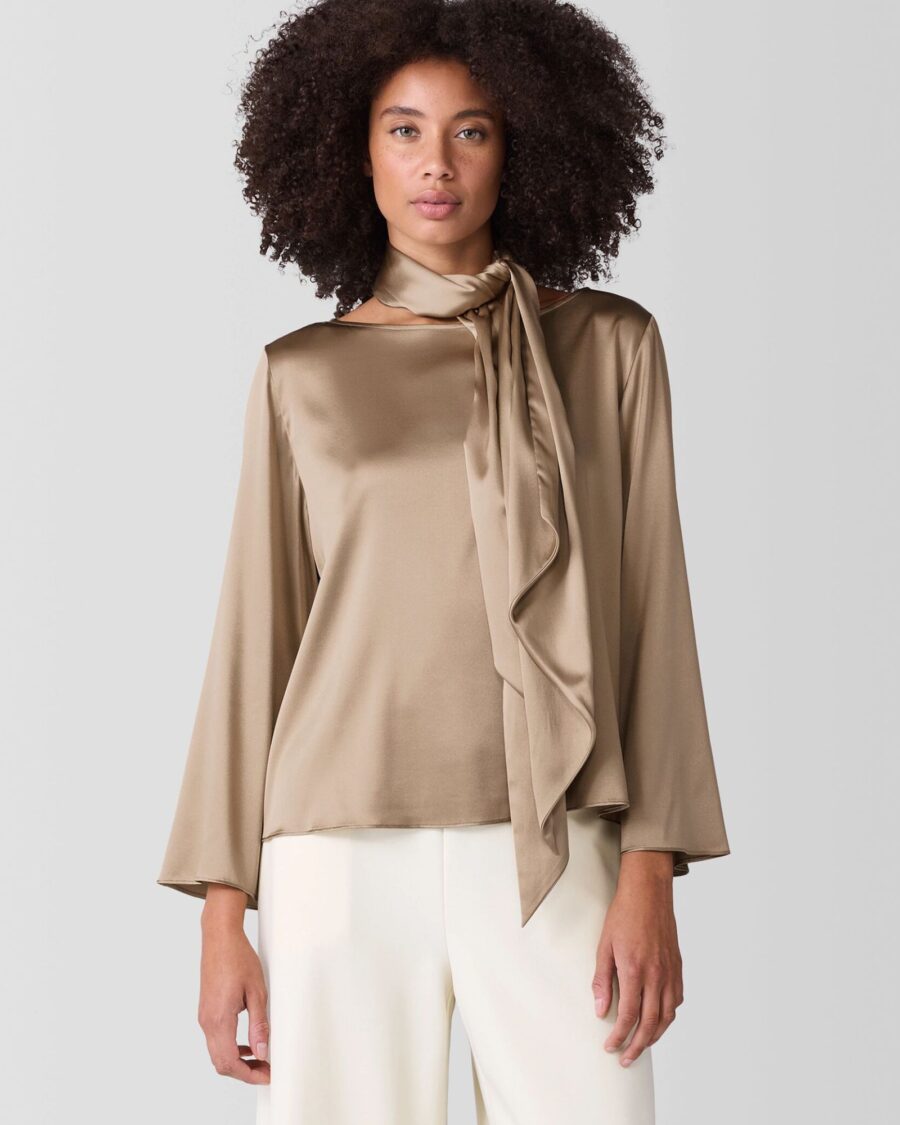 View Eileen FisherSilk scarf
View Eileen FisherSilk scarf
$98.00 -
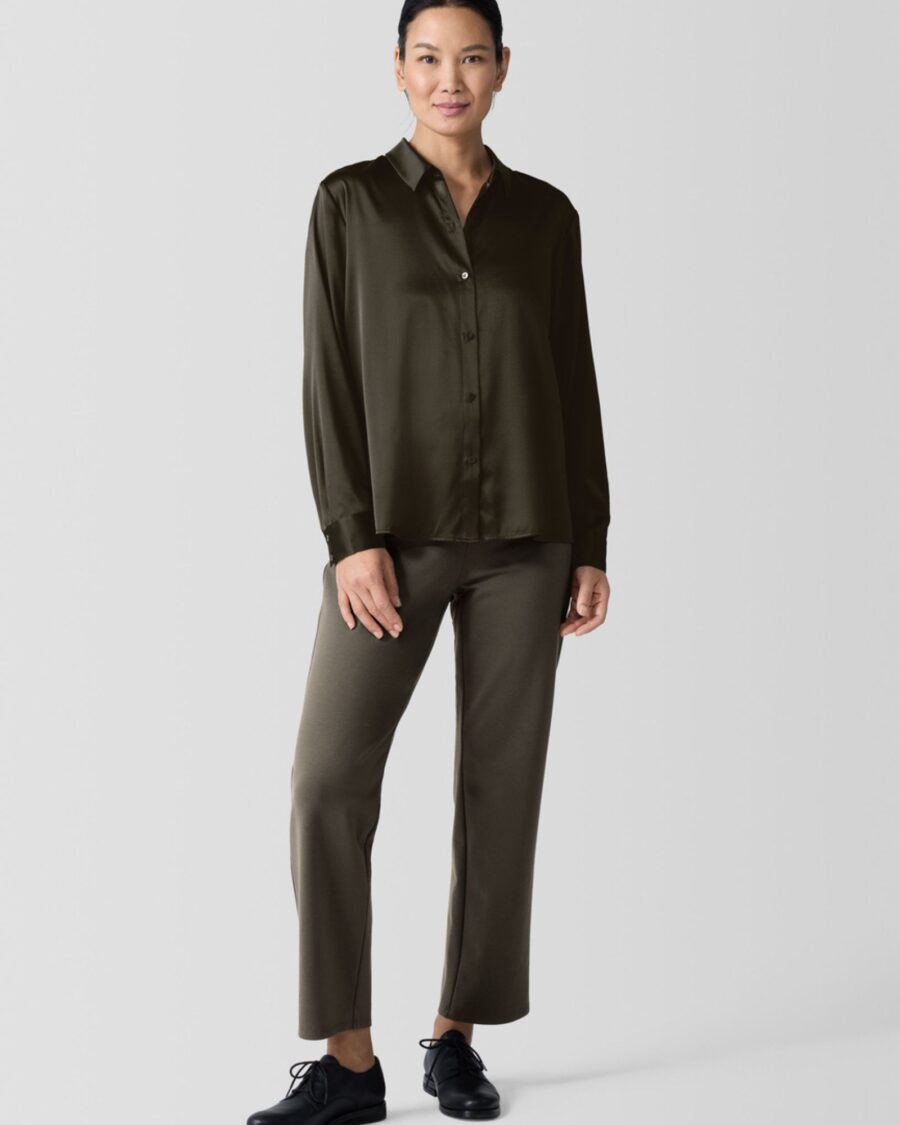 View Eileen FisherSilk shirt
View Eileen FisherSilk shirt
$119.00 (On sale) -
 View ReformationSilk skirt
View ReformationSilk skirt
$328.00 -
 View ADAYSilk top
View ADAYSilk top
$95.00 -
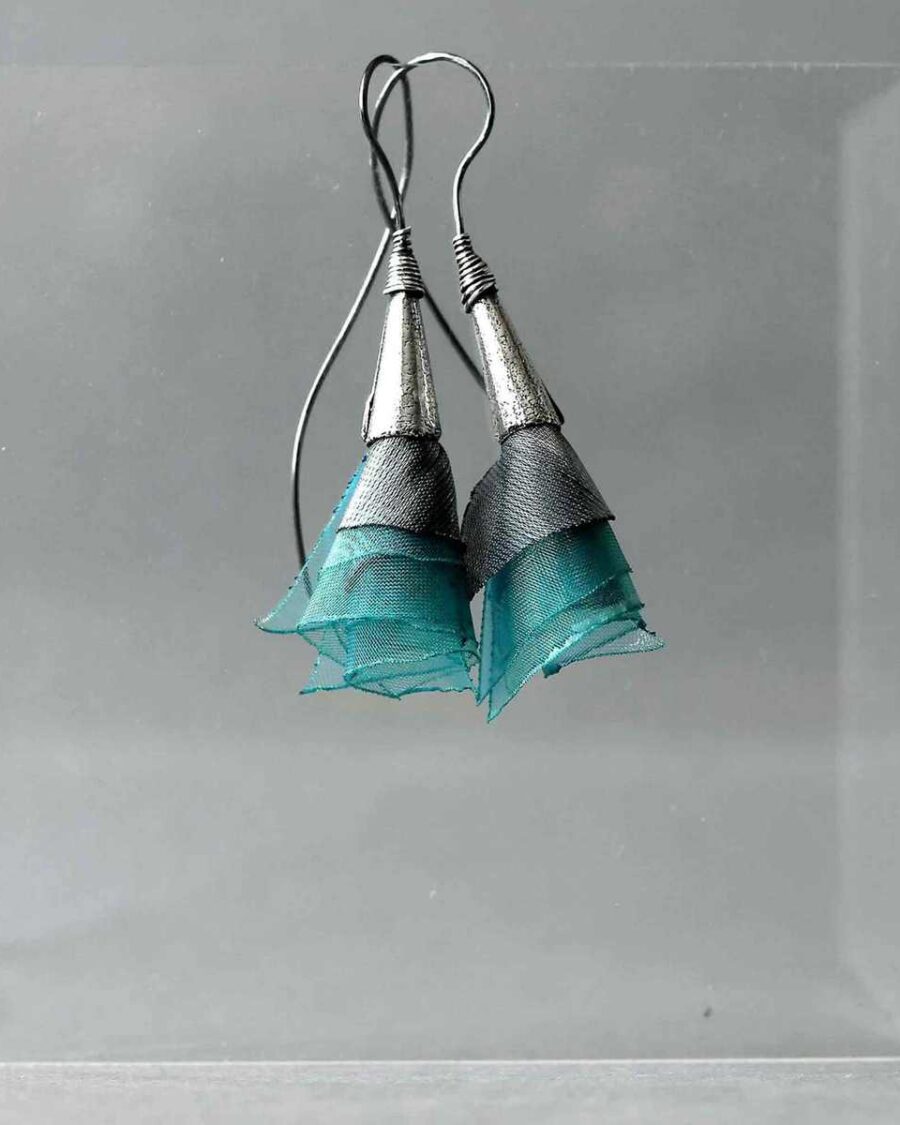 View SHAMBALAcollection | EtsySilver flower earrings
View SHAMBALAcollection | EtsySilver flower earrings
$70.00 -
 View ReformationSlip dress
View ReformationSlip dress
$328.00 -
 View waywardcollection | EtsyTulip gown
View waywardcollection | EtsyTulip gown
$375.00




